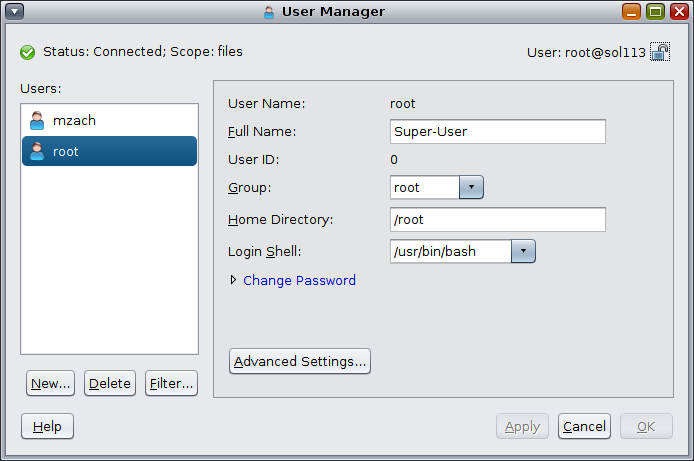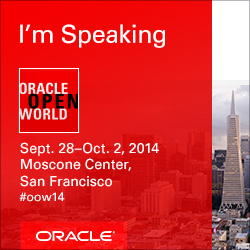A few months ago I had the chance to test an Oracle ZFS Storage Appliance (ZFS SA) and the appliance made a very good impression on many areas. It especially brought to my mind again, that ZFS shines even more if you use it as NAS (Network Attached Storage), as central fileserver which shares its storage capacity for example via NFS.
But I did not really like the distributed storage configuration. E.g. a database server needs the correct ZFS properties set on the ZFS storage appliance via the web-interface or the custom CLI and also the corresponding NFS mount options in /etc/vfstab on the database server. Maybe this sounds like no big issue to you, for example, if you are also the admin responsible for the storage appliance, or if you have a perfect collaboration with the storage team. But especially if you want to automate the storage configuration, this distribution adds a significant complexity.
Of course I wanted to manage the configuration with Puppet like a local ZFS filesystem.
I don’t yet have a ZFS SA at work to deal with, but the availability of the new RAD REST interface in Solaris 11.3 motivated me to experiment with an own Puppet resource type to manage the remote ZFS filesystems directly on the client server.
Read More

